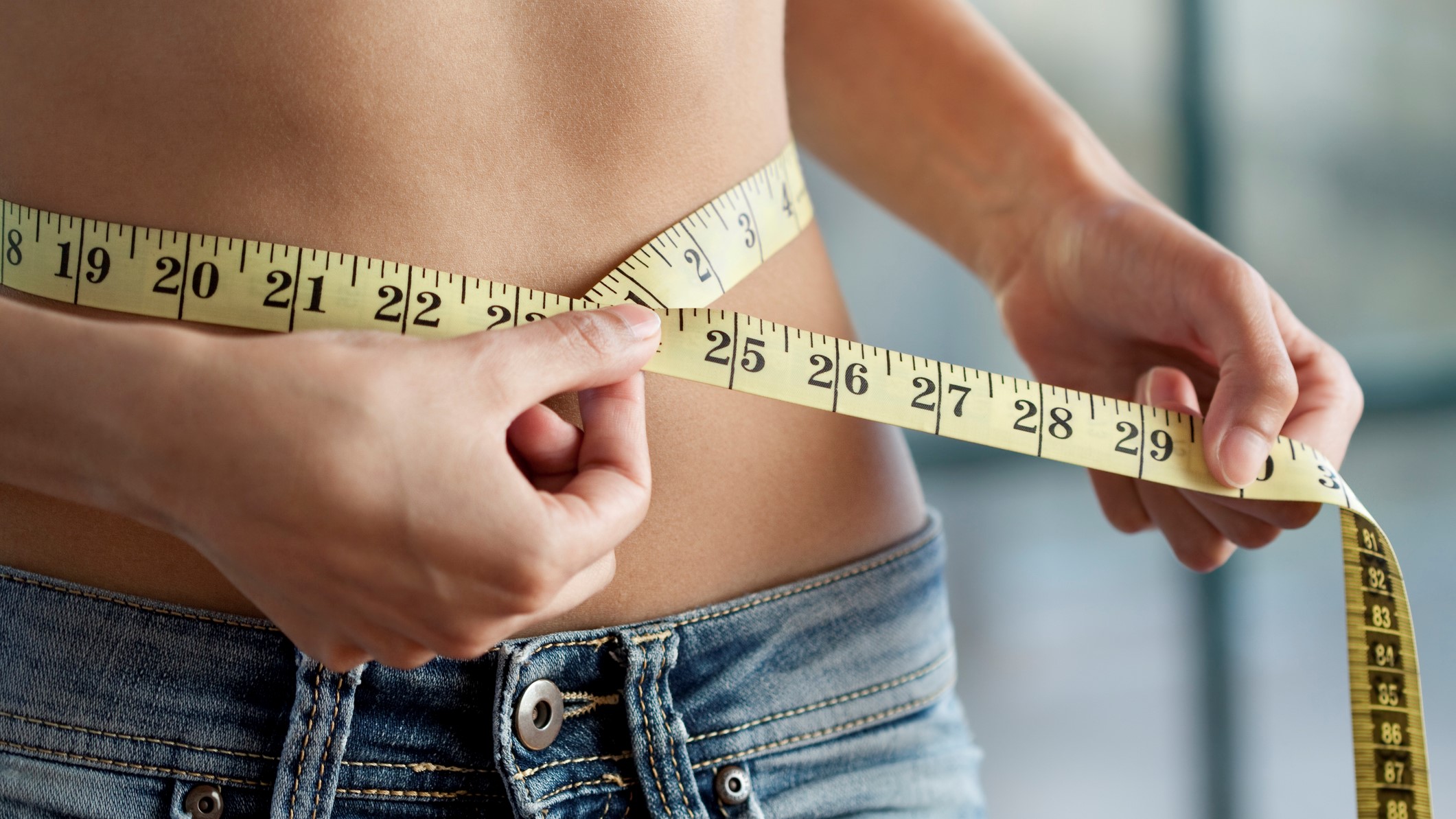How to calculate your body fat percentage — and why it matters
Here’s what you need to know about your levels of body fat, and what your BMI has to do with it all

Numbers are seductive. They are convincing. They seem so sure of themselves. But they do not always tell the full story. When it comes to your body fat percentage, a number is not necessarily an indicator of your general health, but it can help you keep an eye on things.
So, the next time you look at this number, remember to consider your fitness level, age, body type, diet, and general health. That said, it is important to keep your body fat percentage within a healthy range. Why? Having too much body fat can put you at risk of developing chronic health conditions such as cardiovascular disease, diabetes, and some cancers.
The extra pounds can also place extra stress on your bones and joints, as well as increase your blood pressure and the likelihood of developing mental health problems like depression. On the flip side, too little body fat can carry risks — we need fat for energy, to protect our organs, and to support cell growth.
According to the American Journal of Clinical Nutrition, a healthy body fat percentage is:
Women
Age 20–39 = 21–33%
Age 40–59 = 23–34%
Age 60–79 = 24–35%
Men
Age 20–39 = 8–19%
Age 40–59 = 11–21%
Age 60–79 = 13–24%

How can I calculate my body fat percentage?
There are many ways to learn how much body fat you have, but not all are easily accessible and some are expensive. The best known method is to use skinfold calipers, which have been with us for decades. Measurements are taken from several sites on the body (often eight) to ascertain the overall percentage of body fat. It’s a simple method but best used by a professional.
Get instant access to breaking news, the hottest reviews, great deals and helpful tips.
Several high-tech techniques of measurement have also been developed to measure body composition, including (stay with us), hydrodensitometry, air displacement plethysmography, bioelectrical impedance analysis and spectroscopy, ultra-sound, and dual-energy X-ray absorptiometry (DXA). Some of the best smart scales also promise to give you an accurate body fat reading these days. However, as a study published in the journal Nutrients noted, given the simplicity and reliability of the calipers method, perhaps the time has come to say, ‘Come back skinfolds, all is forgiven.’
What else can I do?
If you want to self-assess your levels of body fat, you can calculate your body mass index (BMI) and/or measure your waist circumference. BMI measurements are used by clinicians, and it has been argued that waist circumference ought to be obtained in medical practice as a matter of routine.
How to measure body fat: What is body mass index (BMI)?
This is a method that uses your height and weight to find out if you are a healthy weight. It divides adults into broad categories and is quite reliable, but it gives only a rough estimate of body fat and does not tell you how much (if any) excess fat you are carrying. It simply suggests a healthy weight range for a certain height. The National Institutes of Health has a BMI calculator that is easy to use. You just enter your height and weight to get the result. Generally speaking, if your BMI is
below 18.5, you are in the underweight category
18.5–24.9, you are in the healthy weight category
25–29.9, you are in the overweight category
above 30, you are in the obese category
How useful is BMI?
The Centers for Disease Control and Prevention has said the correlation between BMI and body fatness is fairly strong. However, it can also be misinterpreted. For example, a person with a lot of muscle may be classed as overweight and an athlete will have less body fat than a non-athlete who has the same BMI. Also, the measurement cannot assess where fat is in the body (fat stored around the belly presents a greater health risk than fat stored in the butt, for example). And there is strong evidence that healthy upper limits vary depending on ethnicity. It is also worth remembering that women tend to have more body fat than men. So, while the correlation between BMI and body fat is strong — as Harvard School of Public Health noted, ‘For most people, BMI is a very good gauge of their level of body fat.’ – it may also be useful to measure your waist circumference to get an idea of the risk, if any, associated with your weight.

How to measure body fat: Waist circumference

Your waist circumference is a good measure of your level of body fat in general and abdominal fat, in particular. Visceral belly fat (the stuff deep in the abdomen that surrounds your internal organs, such as your liver) has been linked to an increased risk of high blood pressure, type 2 diabetes, and heart disease. The other main kind of belly fat is called subcutaneous fat and is found under your skin. This is the jiggly fat you can pinch with your fingers.
How to measure your waist
- Stand and place a tape measure around your middle, just above your hip bones
- Make sure it is horizonal, snug, and flat, and not digging into your skin
- Breathe out and take the measurement
- Do it twice to be sure you have the right result
The World Health Organization recommends a waist circumference at or below 31.5 inches for women and at or below 37 inches for men. Bear in mind that figures vary depending on ethnicity. As with BMI, measuring your waist circumference cannot tell you your body fat percentage. However, as a predictor of morbidity and death, it is considered a vital sign in clinical practice. One major study found the risk of death for women with a 37-inch waist was 80 percent greater than it was for women with a 27.5-inch waist; among men, those with a waist circumference of 43 inches were 50 percent more at risk than those with a waist circumference of 37 inches.
These methods are not perfect and can be misunderstood, as is the case with other at-home techniques such as body fat scales and body circumference measurements. Don’t forget that your body fat percentage is only one measure of your overall health, as is your BMI and waist circumference. If you are concerned by a high (or very low) number, talk to your physician or a registered dietitian about the best way to proceed.
Looking for more weight loss advice? Here's how to lose weight and get in shape by walking, a beginner's running plan to take you from nothing to 30-minutes of continuous running, and how to lose weight using a rowing machine.
John is a writer and editor based in London. He was worked for magazines such as Runner’s World, Men’s Health, Women’s Health and Cosmopolitan. A keen runner, what he lacks in ability he makes up for with enthusiasm and excuses.

